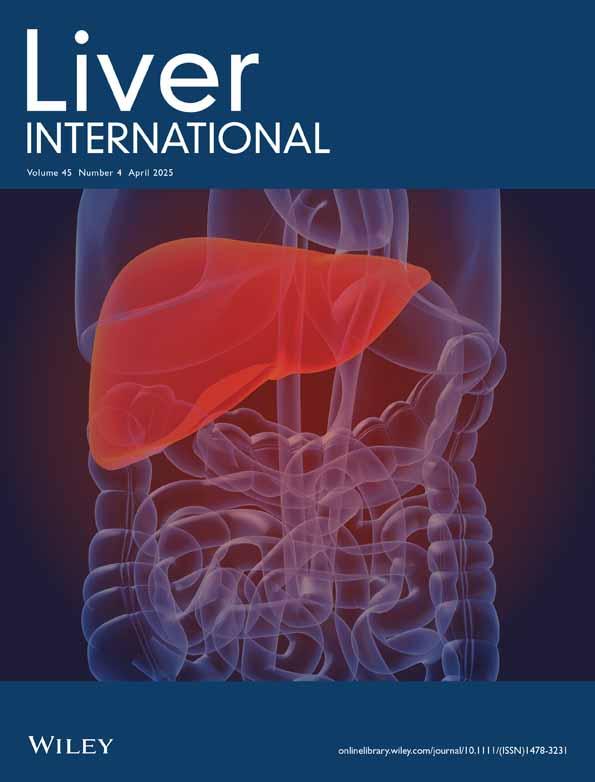Incidence and Predictors of HBsAg Loss in Paediatric Patients With Chronic Hepatitis B Undergoing Antiviral Treatment
Funding: This work was funded by the National Natural Science Foundation of China, grant number (82103861) and the Natural Science Foundation of Hunan Province, China (2024JJ5457).
Shuangjie Li and Wenxian Ouyang contributed equally to this paper.
Handling Editor: Luca Valenti
ABSTRACT
Background and Aims
Achieving HBsAg loss is a critical clinical milestone in the management of chronic hepatitis B (CHB) towards the eradication of hepatitis B. However, there are limited researches on the incidence and determinants of HBsAg loss in paediatric CHB patients undergoing antiviral treatment. Therefore, we aimed to analyse the incidence and potential determinants of HBsAg loss in children who suffered from CHB and received antiviral treatment.
Methods
This retrospective cohort study was performed on paediatric patients with progressive CHB who initiated either monotherapy or combination therapy using interferon/peg-interferon and entecavir. We utilised Cox regression models to evaluate the relationships between HBsAg loss and various determining factors.
Results
In total of 306 subjects with an average age of 4.99 years (range 1–15) were identified in this study, of whom 200 (65.4%) were male. After a median follow-up of 26 months, HBsAg loss occurred in 135 participants. The accumulated rate of HBsAg loss was 67.8% at the end of the follow-up evaluation. Multivariate Cox regression analysis revealed that older age (HR = 0.84, 95% CI: 0.79–0.90), female sex (HR = 1.61, 95% CI: 1.13–2.30), baseline HBsAg levels (HR = 0.72, 95% CI: 0.62–0.84), HBsAb positivity (HR = 1.77, 95% CI: 1.20–2.59) and serum bilirubin levels (HR = 0.96, 95% CI: 0.92–0.99) were statistically significant predictors of HBsAg loss.
Conclusion
The incidence of HBsAg loss continues to increase in paediatric patients with CHB after antiviral treatment. Age, sex, baseline HBsAg and bilirubin levels and HBsAb positivity are found to be associated with sustained HBsAg loss.
Conflicts of Interest
The authors declare no conflicts of interest.
Open Research
Data Availability Statement
The data that support the findings of this study are available on request from the corresponding author.




